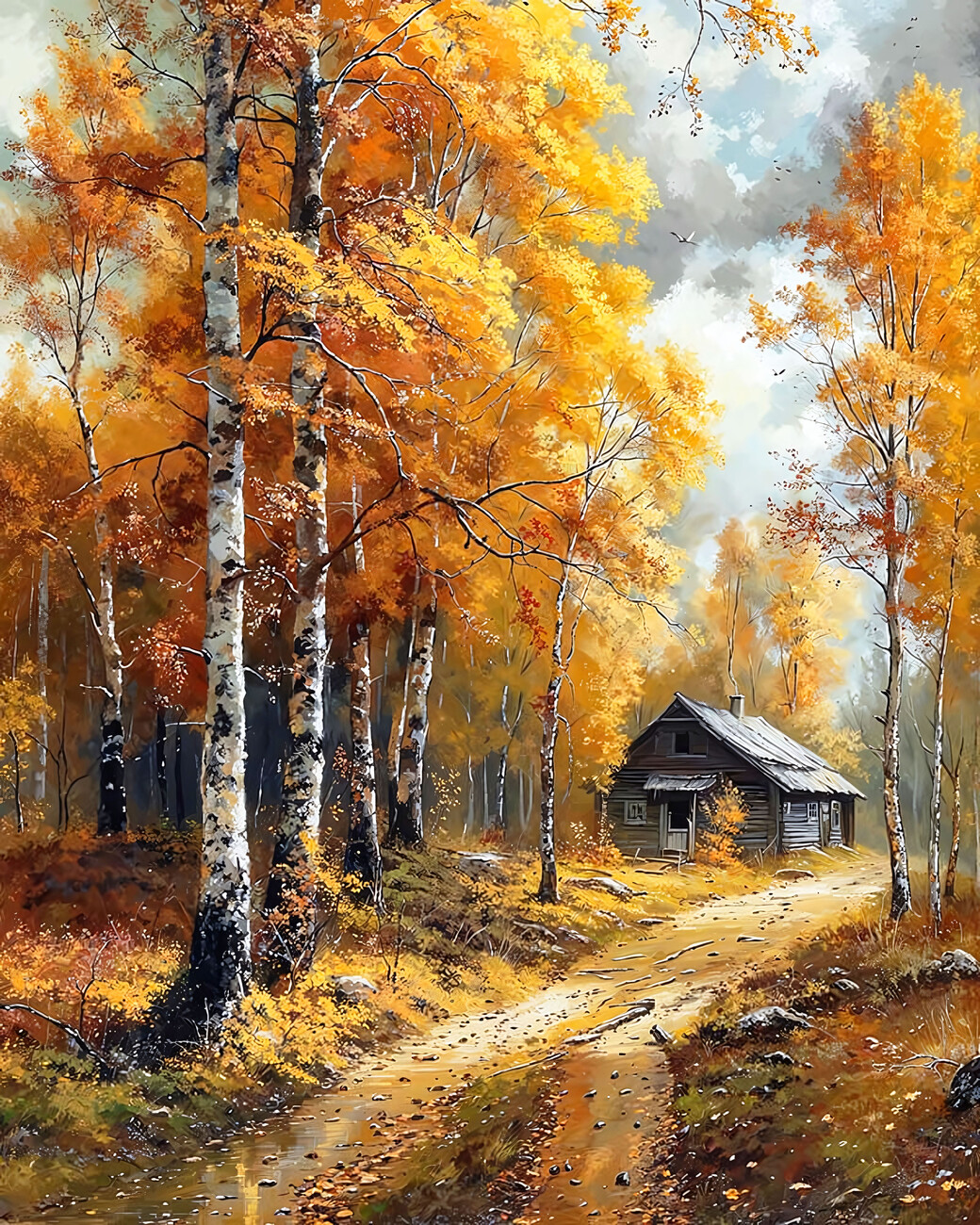What is Traditional Wall Decor?
Traditional wall decor consists of timeless pieces that reflect historical artistry and craftsmanship. These elements can transform any space into a warm, inviting area that tells a story of elegance and culture. From intricate tapestries to classic paintings, traditional decor lends a sense of permanence and nostalgia to modern interiors.
The History of Traditional Wall Decor
Understanding the history of traditional wall decor can enhance your appreciation for these decorative elements. Originating from different cultures, these pieces serve to commemorate historical moments, celebrate artistic movements, or capture the essence of a lifestyle.
Key Movements in Wall Decor History
- Renaissance Art: This period saw an explosion of creativity, with artists like Michelangelo and Da Vinci setting the tone for wall aesthetics.
- Baroque and Rococo: Characterized by opulence and grandeur, these styles introduced ornate details and dramatic compositions.
- Arts and Crafts Movement: Emphasizing handcrafted quality, this movement valued simplicity and the beauty of natural materials.
Types of Traditional Wall Decor
Traditional wall decor comes in various forms, each with its own unique appeal. Here are some popular types:
1. Paintings and Portraits
Classic oil paintings and portraits can dramatically elevate the aesthetic of a room. Whether it’s a vintage landscape or a family portrait, these artworks evoke a sense of history.

2. Tapestries
Tapestries are woven artworks that add texture and warmth to your walls. Originating in the Middle Ages, these pieces often feature elaborate designs that can serve as conversation starters.
3. Wall Plates
Decorative wall plates can add charm and personality. These often come in sets and can reflect various cultures and artistic styles.

4. Mirrors
Traditional mirrors with ornate frames not only serve a functional purpose but also enhance light and space within a room.
5. Wall Sconces
These fixtures add both lighting and decorative appeal while emphasizing the beautiful architecture of your home.

Choosing the Right Wall Decor for Your Space
Selecting the appropriate wall decor depends on various factors including room size, color scheme, and personal taste. Here’s a guide to help you choose wisely.
Consider Room Size and Layout
In smaller rooms, opt for lighter colors and smaller pieces to avoid overwhelming the space. Larger rooms, however, can handle bolder, more significant artworks.

Comparison Table: Room Size vs. Decor Type
| Room Size | Recommended Decor Type |
|---|---|
| Small | Small Paintings, Mirrors |
| Medium | Medium Tapestries, Wall Plates |
| Large | Large Paintings, Grouped Art Collections |
Color Schemes and Themes
Matching your decor with the existing color scheme can enhance the overall look. Consider classic colors like deep reds, earthy greens, and soft pastels that reflect traditional styles.

Creating a Cohesive Look with Traditional Decor
To achieve a harmonious look, integrating different types of traditional wall decor can be beneficial. Here are some tips:
Mixing and Matching Styles
Don’t be afraid to combine various styles. A classic painting can hang beautifully beside a decorative sconce. Play with textures and colors to create a unique and inviting atmosphere.

Gallery Walls
Creating a gallery wall is an exciting way to showcase your collection. Use frames of different styles but maintain a unifying theme or color palette for cohesion.
Pros and Cons of Traditional Wall Decor
Like any design choice, traditional wall decor has its advantages and drawbacks. Below is a breakdown of each:

Pros
- Timeless appeal that never goes out of style.
- Adds character and warmth to your space.
- Can increase the perceived value of your home.
- A wide variety of options to suit different tastes and budgets.
Cons
- Some traditional pieces can be expensive.
- May require more maintenance compared to contemporary decor.
- Can sometimes seem dated if not integrated thoughtfully.
Maintenance Tips for Traditional Wall Decor
To keep your traditional wall decor looking its best, consider these maintenance tips:
Cleaning Techniques
Use soft cloths for dusting paintings and avoid harsh chemicals that can damage the surface. For tapestries, check the manufacturer’s instructions for appropriate cleaning methods.
Protective Measures
Consider using UV-protective glass for framed artworks to prevent fading. Additionally, avoid placing delicate items in direct sunlight to preserve their colors.
Personal Experience with Traditional Wall Decor
Bringing traditional wall decor into my home has been a heartwarming journey. I remember patching together my first gallery wall with family portraits and antique mirrors. Each piece held a story, creating a cozy nook that felt welcoming to everyone. The joy of finding that perfect tapestry at a flea market or the thrill of uncovering a vintage painting at an estate sale has transformed my living space into a canvas of love and history.
Frequently Asked Questions (FAQs)
What are some affordable ways to incorporate traditional wall decor?
Thrift stores, flea markets, and online marketplaces can be great sources for affordable traditional decor. Look for vintage frames or inexpensive prints that can add character without breaking the bank.
How can I mix modern and traditional decor styles?
Start with a neutral base and selectively introduce traditional pieces as accents. Using contemporary furniture with traditional wall decor can create an intriguing balance.
What materials are commonly used in traditional wall decor?
Common materials include wood, metal, glass, fabric (like silk or cotton), and canvas. Each material contributes a unique feel to your decor.
Are there any specific colors associated with traditional decor?
Traditional decor often embraces earthy tones, rich jewel colors, and soft pastels, reflecting the materials and craftsmanship of the period.